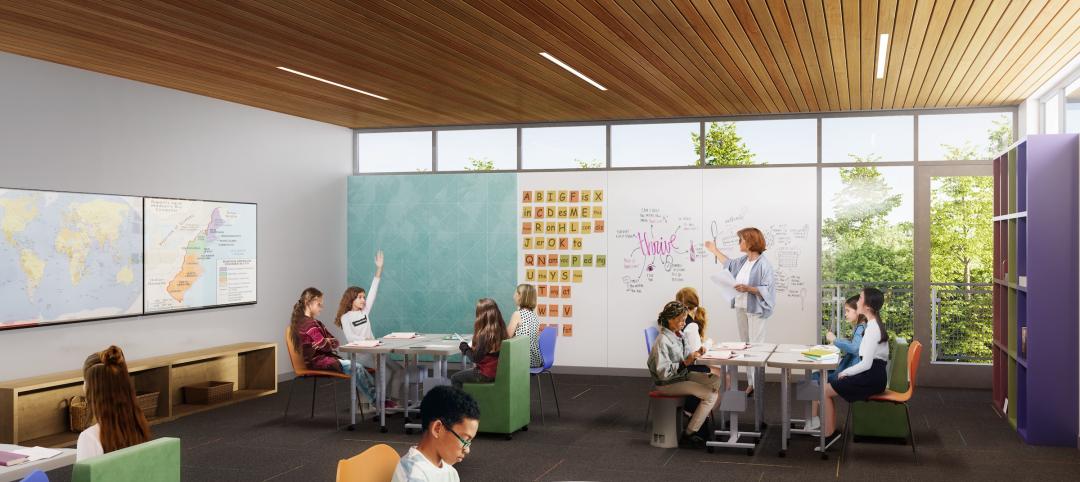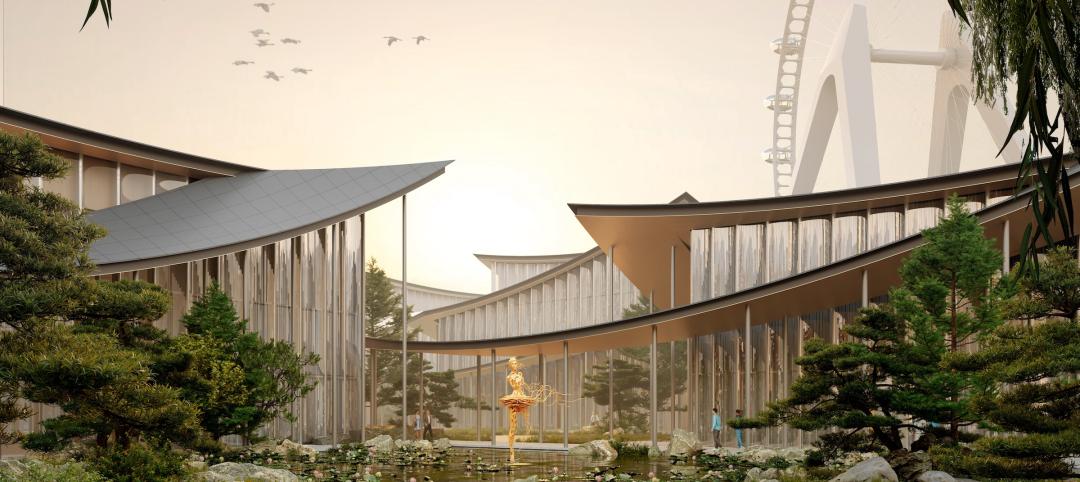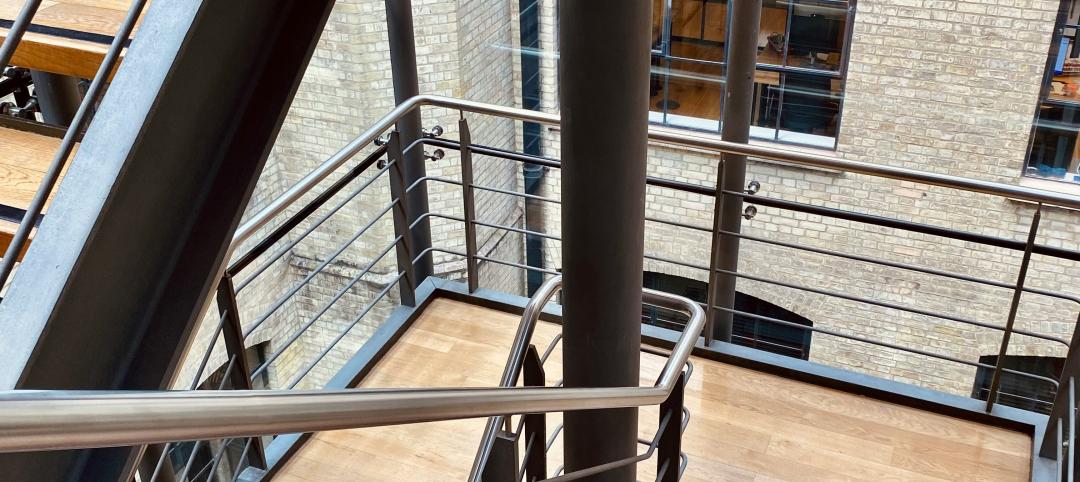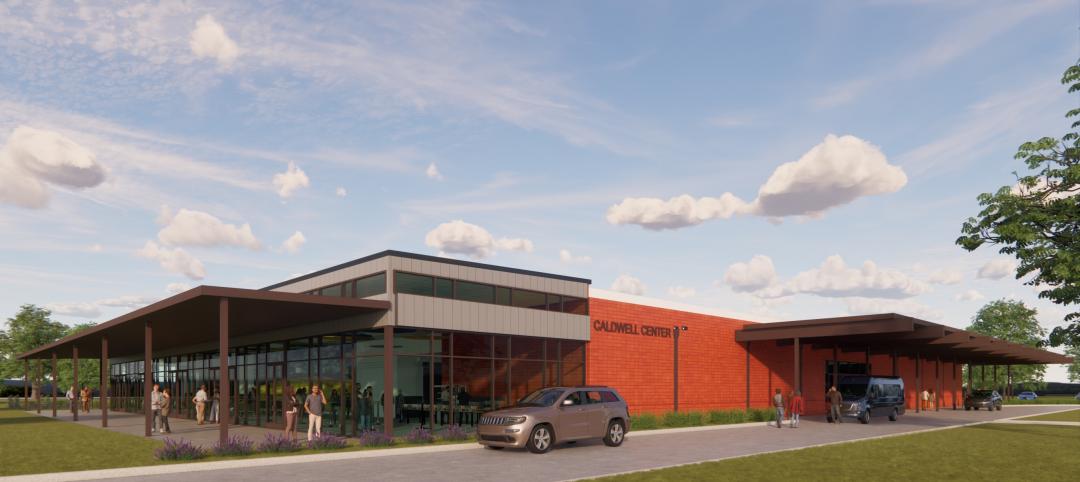BD+C: How is Duke’s capital projects program faring in this economy?
John Pearce: Compared to most, we are in good shape. On the university side of the campus, we finished most of our new building projects in 2008. We have had to slow down on building restorations, mostly to internal mechanical systems, but we continue to do feasibility studies on wish lists from the 10 schools on campus.
On the health systems side of the campus, we have two major projects: a cancer center and a major hospital expansion, about $600 million of work. A new $50 million education building for the medical school is also about to start construction.
With our master plan of 2000 in place, our trustees decided to link everything—financial projections, master planning, capital budgeting, etc.—so today it’s a much more report-based, developed approval process.
BD+C: Are students and faculty involved in capital projects?
JP: All of the board committees have students, faculty, and trustees; each committee reports to the Board of Trustees. Certain committees, including Facilities & Environment, have formal approval authority. On the design side, Duke has an internal review committee that meets every two weeks to deal with all the design issues for projects, with input from all of these groups. In the business and finance area, there are students who are very active, and we have one graduate student who is very big on sustainability.
BD+C: Speaking of sustainability, Duke has 26 LEED-registered projects, 16 of which are certified, including four Silvers, one Gold, and one Platinum. What is Duke’s policy on sustainability?
JP: In 1993, I prepared a set of design guidelines for the university, which have been updated over the years. We deal with a 50-year building, so you have to speak to the issue of quality materials and systems at every level—exterior walls, windows, roofs, mechanical systems, etc. When it came to introducing LEED to the campus, in 2002, we had a head start, and we made it immediately clear that we wanted a specific level of quality.
At first, we had to concentrate mostly on the site design requirements. We handle stormwater on a campuswide basis, and we’ve also separated our parking from our buildings, so this was a struggle for us because of how the USGBC defined the site. More recently, we’ve been concentrating on energy issues, such as the conversion from coal to natural gas and the use of central chilled distribution. These things don’t usually get us a lot of LEED points. Nevertheless, our standard is LEED Silver.
Duke has also signed the American College & University Presidents’ Climate Commitment to be carbon neutral by 2024, which happens to be the centennial of the founding of Duke University.
BD+C: Are you requiring the use of BIM on projects?
JP: We use design-build, and in some cases, those firms have suggested using BIM, but we have not required it. I think the jury is still out on BIM. My reaction is that a BIM system often makes a project design look more finished than it really is. It’s almost a gimmick. I find sometimes the project managers feel that BIM makes their job easier, but I worry that there may not be enough architecture and design requirements in the models. We’re being careful with BIM. It will probably happen, and it’s great not having ducts running through your steel beams, but I’m not sure about it as an upfront requirement.
BD+C: The $64 Question: How can design firms get work at Duke?
JP: I get calls from architects all the time, and the first thing I say is, Do your homework! Be serious. Find out about us. My website has our Action Plans, so don’t ask me what we have in the works—it’s all there (http://architect.duke.edu/planning/master_plan.html). My vendor list is 120 firms long, and we probably use 25 well-known firms.
Second, make sure the principal shows up for the interview, not just the marketing professional. I try to meet with firms, because I do enjoy learning from them, but often the marketer is pretty inexperienced. Who is the person who’s going to be dealing with the dean and the trustees? That person needs to be available. We interview in the standard way, and you can tell who knows what they’re talking about.
Also, you have to understand how the academic environment works. It’s a hydra-headed entity with many customers, all having various beliefs as to who is making the decision. It’s not the corporate world, where you might get a single decision maker.
Finally, you’d be absolutely amazed at how bad people’s references come through. References really need to be clean. You have to make sure that the person to be contacted will give the reference you desire.
All I want to know is what you can do specifically for Duke, based on your firm’s experience. Send a letter with the type of project you’re interested in and what projects you’ve done in that area—and send it electronically only.
BD+C: That’s great advice. Any other gems?
JP: I find that architects in particular, perhaps less so with contractors and engineers, often will give up too easily. They have this belief that if they just walk through the door they’ll get a project with us. If your firm wants to target Duke, or any major university, you’ve got to show that you really want work with us.
Related Stories
K-12 Schools | Aug 29, 2024
Designing for dyslexia: How architecture can address neurodiversity in K-12 schools
Architects play a critical role in designing school environments that support students with learning differences, particularly dyslexia, by enhancing social and emotional competence and physical comfort. Effective design principles not only benefit students with dyslexia but also improve the learning experience for all students and faculty. This article explores how key design strategies at the campus, classroom, and individual levels can foster confidence, comfort, and resilience, thereby optimizing educational outcomes for students with dyslexia and other learning differences.
Museums | Aug 29, 2024
Bjarke Ingels' Suzhou Museum of Contemporary Art conceived as village of 12 pavilions
The 60,000-sm Suzhou Museum of Contemporary Art in Suzhou, Jiangsu, China recently topped out. Designed by Bjarke Ingels Group (BIG), the museum is conceived as a village of 12 pavilions, offering a modern interpretation of the elements that have defined the city’s urbanism, architecture, and landscape for centuries.
Adaptive Reuse | Aug 28, 2024
Cities in Washington State will offer tax breaks for office-to-residential conversions
A law passed earlier this year by the Washington State Legislature allows developers to defer sales and use taxes if they convert existing structures, including office buildings, into affordable housing.
Industrial Facilities | Aug 28, 2024
UK-based tire company plans to build the first carbon-neutral tire factory in the U.S.
ENSO, a U.K.-based company that makes tires for electric vehicles, has announced plans to build the first carbon-neutral tire factory in the U.S. The $500 million ENSO technology campus will be powered entirely by renewable energy. The first-of-its-kind tire factory aims to be carbon neutral without purchased offsets, using carbon-neutral raw materials and building materials.
Architects | Aug 28, 2024
KTGY acquires residential high-rise specialist GDA Architects
KTGY, an award-winning design firm focused on architecture, interior design, branded environments and urban design, announced that it has acquired GDA Architects, a Dallas-based architectural firm specializing in high rise residential, hospitality and industrial design.
K-12 Schools | Aug 26, 2024
Windows in K-12 classrooms provide opportunities, not distractions
On a knee-jerk level, a window seems like a built-in distraction, guaranteed to promote wandering minds in any classroom or workspace. Yet, a steady stream of studies has found the opposite to be true.
Building Technology | Aug 23, 2024
Top-down construction: Streamlining the building process | BD+C
Learn why top-down construction is becoming popular again for urban projects and how it can benefit your construction process in this comprehensive blog.
Airports | Aug 22, 2024
Portland opens $2 billion mass timber expansion and renovation to its international airport
This month, the Portland International Airport (PDX) main terminal expansion opened to passengers. Designed by ZGF for the Port of Portland, the 1 million-sf project doubles the capacity of PDX and enables the airport to welcome 35 million passengers per year by 2045.
Adaptive Reuse | Aug 22, 2024
6 key fire and life safety considerations for office-to-residential conversions
Office-to-residential conversions may be fraught with fire and life safety challenges, from egress requirements to fire protection system gaps. Here are six important considerations to consider.
Resiliency | Aug 22, 2024
Austin area evacuation center will double as events venue
A new 45,000 sf FEMA-operated evacuation shelter in the Greater Austin metropolitan area will begin construction this fall. The center will be available to house people in the event of a disaster such as a major hurricane and double as an events venue when not needed for emergency shelter.

















